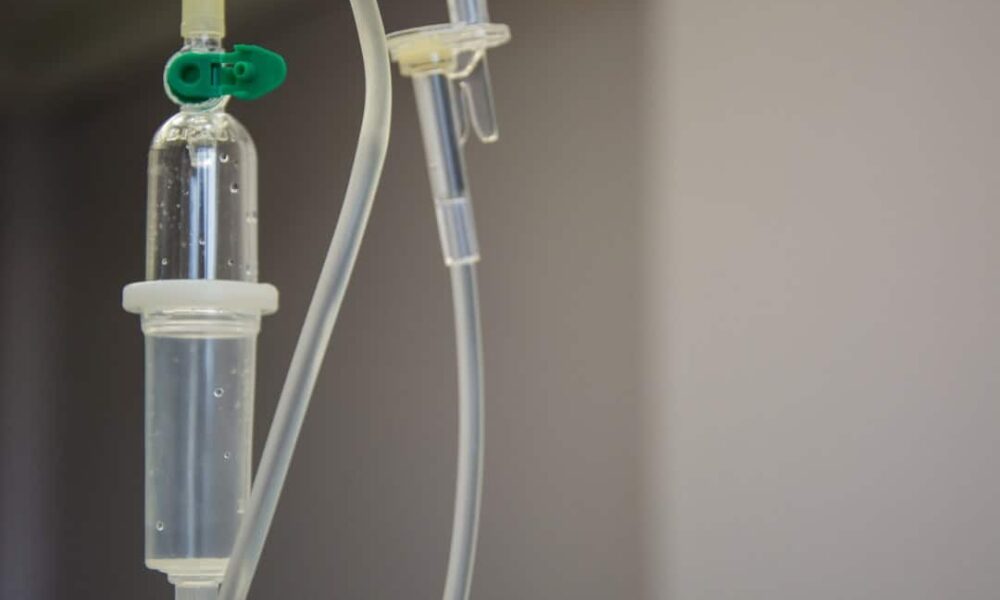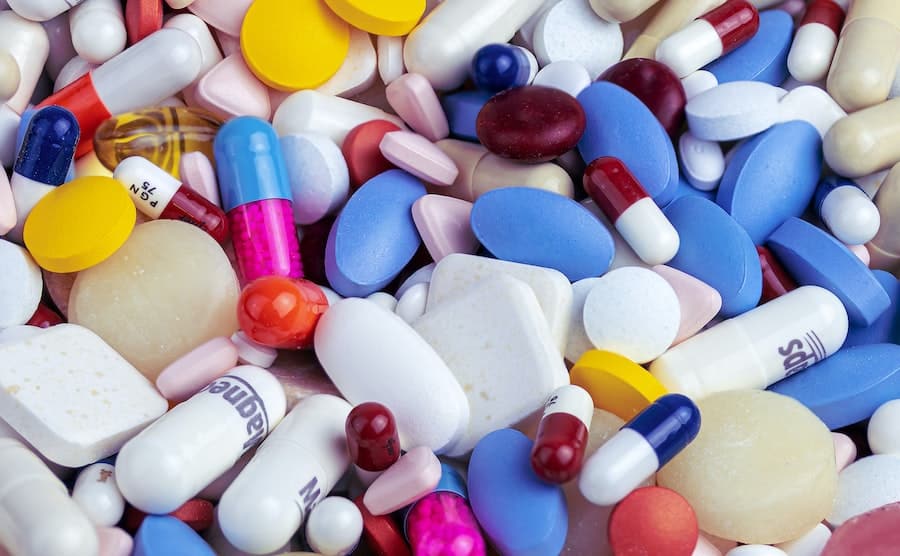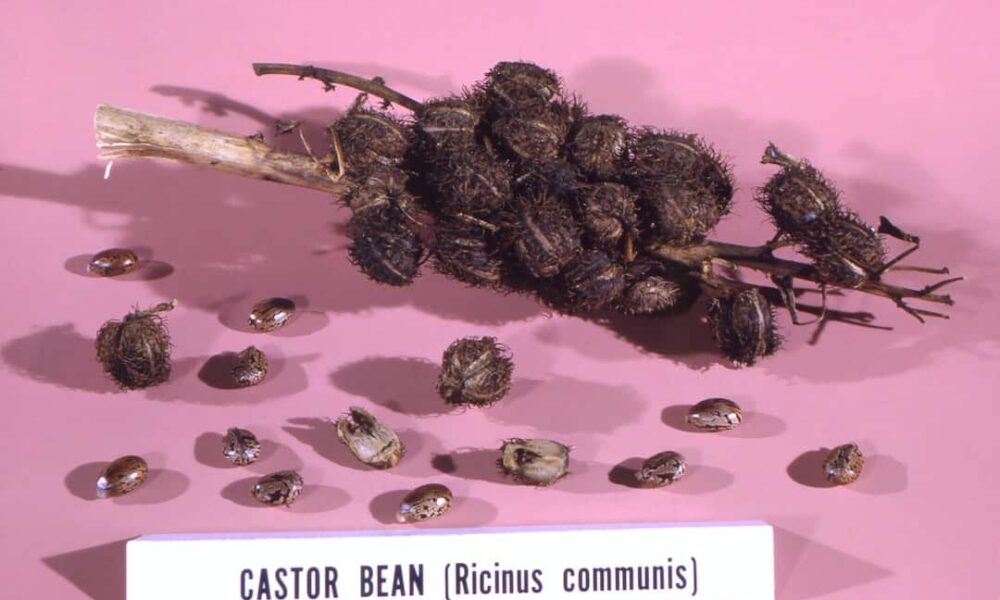Poison oak is a common plant found in North America that can…
Say Goodbye to the Itch: Effective Poison Ivy Treatment Options

Poison ivy is a common plant that can cause a great deal of discomfort and irritation if you come into contact with it. Understanding how to treat poison ivy is essential for anyone who spends time outdoors, as it can help alleviate symptoms and prevent further complications. In this article, we will explore the causes and symptoms of poison ivy, common mistakes to avoid when treating it, over-the-counter and natural remedies for relief, prescription medications for severe reactions, prevention tips, proper disposal methods, when to seek medical attention, tips for soothing itch and discomfort, and special considerations for treating poison ivy in children.
Understanding Poison Ivy: Causes and Symptoms
Poison ivy is a plant that contains an oily resin called urushiol, which is responsible for causing an allergic reaction in many people. When you come into contact with poison ivy, the urushiol can stick to your skin, clothing, or any other surface it touches. This can lead to a rash or blisters that are extremely itchy and uncomfortable.
The symptoms of poison ivy exposure typically appear within 12 to 48 hours after contact. The most common symptom is a red rash that may be accompanied by small bumps or blisters. The rash can be extremely itchy and may cause a burning sensation. In some cases, the rash may also be accompanied by swelling or inflammation. It’s important to note that not everyone will have the same reaction to poison ivy, and some people may be more sensitive than others.
Common Mistakes to Avoid When Treating Poison Ivy
When it comes to treating poison ivy, there are several common mistakes that people often make. One of the most common mistakes is scratching the affected area. While scratching may provide temporary relief from the itchiness, it can actually make the situation worse by spreading the urushiol and causing the rash to spread to other parts of the body.
Another common mistake is using hot water to wash the affected area. Hot water can actually open up the pores and allow the urushiol to penetrate deeper into the skin, leading to a more severe reaction. It’s best to use cool or lukewarm water when washing the affected area.
Using certain home remedies, such as applying bleach or vinegar to the rash, is also a mistake. These substances can irritate the skin further and may even cause chemical burns. It’s important to stick to proven remedies and treatments for poison ivy.
Over-the-Counter Remedies for Poison Ivy Relief
There are several over-the-counter remedies that can provide relief from poison ivy symptoms. One of the most common is calamine lotion, which can help soothe itchiness and dry out blisters. Hydrocortisone cream or ointment can also be effective in reducing inflammation and relieving itching.
Antihistamines, such as diphenhydramine (Benadryl), can help alleviate itching and reduce allergic reactions. These medications are available in both oral and topical forms. It’s important to follow the instructions on the packaging and consult a healthcare professional if you have any concerns or questions.
Natural Home Remedies for Poison Ivy Treatment
In addition to over-the-counter remedies, there are also several natural home remedies that can help alleviate poison ivy symptoms. One of the most popular natural remedies is oatmeal baths. Adding colloidal oatmeal to a warm bath can help soothe itchiness and reduce inflammation.
Aloe vera gel is another natural remedy that can provide relief from poison ivy symptoms. Applying a thin layer of aloe vera gel to the affected area can help soothe itchiness and promote healing.
Apple cider vinegar is also commonly used as a natural remedy for poison ivy. Applying diluted apple cider vinegar to the rash can help reduce inflammation and relieve itching. However, it’s important to note that vinegar can cause a burning sensation on open blisters, so it should be used with caution.
Prescription Medications for Severe Poison Ivy Reactions

In some cases, over-the-counter and natural remedies may not be enough to alleviate severe poison ivy reactions. In these situations, prescription medications may be necessary. One common prescription medication for severe poison ivy reactions is oral corticosteroids, such as prednisone. These medications work by reducing inflammation and suppressing the immune system’s response to the urushiol.
In severe cases, a healthcare professional may also prescribe topical corticosteroids or immunosuppressant medications. These medications should only be used under the guidance of a healthcare professional, as they can have side effects and may interact with other medications.
It’s important to seek medical attention if you experience severe symptoms, such as difficulty breathing, swelling of the face or throat, or a widespread rash. These symptoms may indicate a severe allergic reaction and require immediate medical attention.
How to Prevent Poison Ivy Exposure in the Future
Preventing poison ivy exposure is key to avoiding the discomfort and irritation it can cause. Here are some tips to help you avoid coming into contact with poison ivy:
1. Learn to identify poison ivy: Poison ivy has three leaflets and can grow as a vine or shrub. The leaves are usually green in the spring and summer, but they can turn red or orange in the fall.
2. Wear protective clothing: When you’re in areas where poison ivy may be present, wear long sleeves, long pants, gloves, and closed-toe shoes to minimize skin exposure.
3. Use barrier creams: Applying a barrier cream, such as IvyBlock or Technu, to exposed skin before going outdoors can help prevent urushiol from coming into contact with your skin.
4. Wash your clothes and gear: If you suspect you’ve come into contact with poison ivy, wash your clothes and gear as soon as possible to remove any urushiol that may be present.
5. Be cautious when gardening or hiking: When gardening or hiking, be mindful of your surroundings and avoid touching any plants that you’re unsure of. Stick to designated trails and avoid walking through overgrown areas.
The Importance of Proper Poison Ivy Disposal
Proper disposal of poison ivy is crucial to prevent further exposure and spread of the plant. When removing poison ivy, it’s important to wear protective clothing, including long sleeves, long pants, gloves, and a mask to avoid direct contact with the plant and its oils.
To dispose of poison ivy, it’s best to bag it in a heavy-duty trash bag and seal it tightly. Do not burn poison ivy, as the smoke can contain urushiol particles that can be inhaled and cause a reaction. Instead, dispose of the bagged poison ivy in the regular trash or contact your local waste management facility for guidance on proper disposal.
When to Seek Medical Attention for Poison Ivy
While most cases of poison ivy can be treated at home with over-the-counter remedies or natural remedies, there are certain situations where medical attention may be necessary. You should seek medical attention if:
– The rash covers a large area of your body
– The rash is on your face or genitals
– You have difficulty breathing or swallowing
– The rash is accompanied by severe pain or swelling
– The rash is not improving after a week of home treatment
– You have a fever or other signs of infection
These symptoms may indicate a severe allergic reaction or an infection, which require medical evaluation and treatment.
Tips for Soothing Poison Ivy Itch and Discomfort
If you’re experiencing itchiness and discomfort from poison ivy, there are several tips that can help provide relief:
1. Take cool showers or baths: Cool water can help soothe itchiness and reduce inflammation. Avoid using hot water, as it can worsen symptoms.
2. Apply cold compresses: Applying a cold compress or ice pack to the affected area can help numb the itchiness and reduce inflammation.
3. Keep the affected area clean and dry: Gently wash the affected area with mild soap and water, then pat it dry with a clean towel. Avoid rubbing the area, as it can further irritate the skin.
4. Avoid scratching: Although it may be tempting, scratching the affected area can worsen symptoms and increase the risk of infection. Instead, try using over-the-counter remedies or natural remedies to alleviate itchiness.
5. Wear loose-fitting clothing: Tight clothing can rub against the rash and cause further irritation. Opt for loose-fitting clothing made of breathable fabrics to minimize discomfort.
Poison Ivy Treatment for Children: What You Need to Know
Treating poison ivy in children requires special considerations, as their skin may be more sensitive and they may be more prone to scratching. Here are some tips for safely and effectively treating poison ivy in children:
1. Avoid over-the-counter medications: Some over-the-counter medications may not be suitable for children under a certain age. Always read the packaging and consult a healthcare professional before giving any medication to your child.
2. Use natural remedies: Natural remedies, such as oatmeal baths or aloe vera gel, can be safe and effective for children. However, it’s important to check with a healthcare professional before using any natural remedies on your child.
3. Keep nails short: Trim your child’s nails regularly to minimize the risk of scratching and causing further irritation or infection.
4. Dress your child in loose-fitting clothing: Loose-fitting clothing can help prevent rubbing and irritation. Choose breathable fabrics that are gentle on the skin.
5. Monitor for signs of infection: Keep an eye out for signs of infection, such as increased redness, swelling, or pus. If you suspect your child has an infection, seek medical attention.
Understanding how to treat poison ivy is essential for anyone who spends time outdoors. By knowing the causes and symptoms of poison ivy, avoiding common mistakes in treatment, using over-the-counter or natural remedies, seeking medical attention when necessary, and taking steps to prevent future exposure, you can effectively manage poison ivy and minimize discomfort. Remember to always consult a healthcare professional if you have any concerns or questions about treating poison ivy.
FAQs
What is poison ivy?
Poison ivy is a plant that contains an oil called urushiol, which can cause an allergic reaction in most people who come into contact with it.
What are the symptoms of poison ivy rash?
Symptoms of poison ivy rash include redness, itching, swelling, and blisters. In severe cases, the rash may also cause fever and difficulty breathing.
How can I prevent getting poison ivy?
To prevent getting poison ivy, avoid touching the plant or any objects that may have come into contact with it. Wear protective clothing and gloves when working outdoors, and wash any exposed skin with soap and water as soon as possible.
What is the best treatment for poison ivy rash?
The best treatment for poison ivy rash is to wash the affected area with soap and water, and then apply a topical cream or ointment containing hydrocortisone or calamine. In severe cases, oral steroids may be prescribed by a doctor.
Can I spread poison ivy rash to others?
Yes, poison ivy rash can be spread to others through direct contact with the rash or through contact with objects that have come into contact with the urushiol oil. It is important to wash any exposed skin and clothing thoroughly to prevent spreading the rash.
How long does poison ivy rash last?
Poison ivy rash typically lasts for 1-3 weeks, but may last longer in severe cases. It is important to avoid scratching the rash, as this can lead to infection and prolong the healing process.




This Post Has 0 Comments